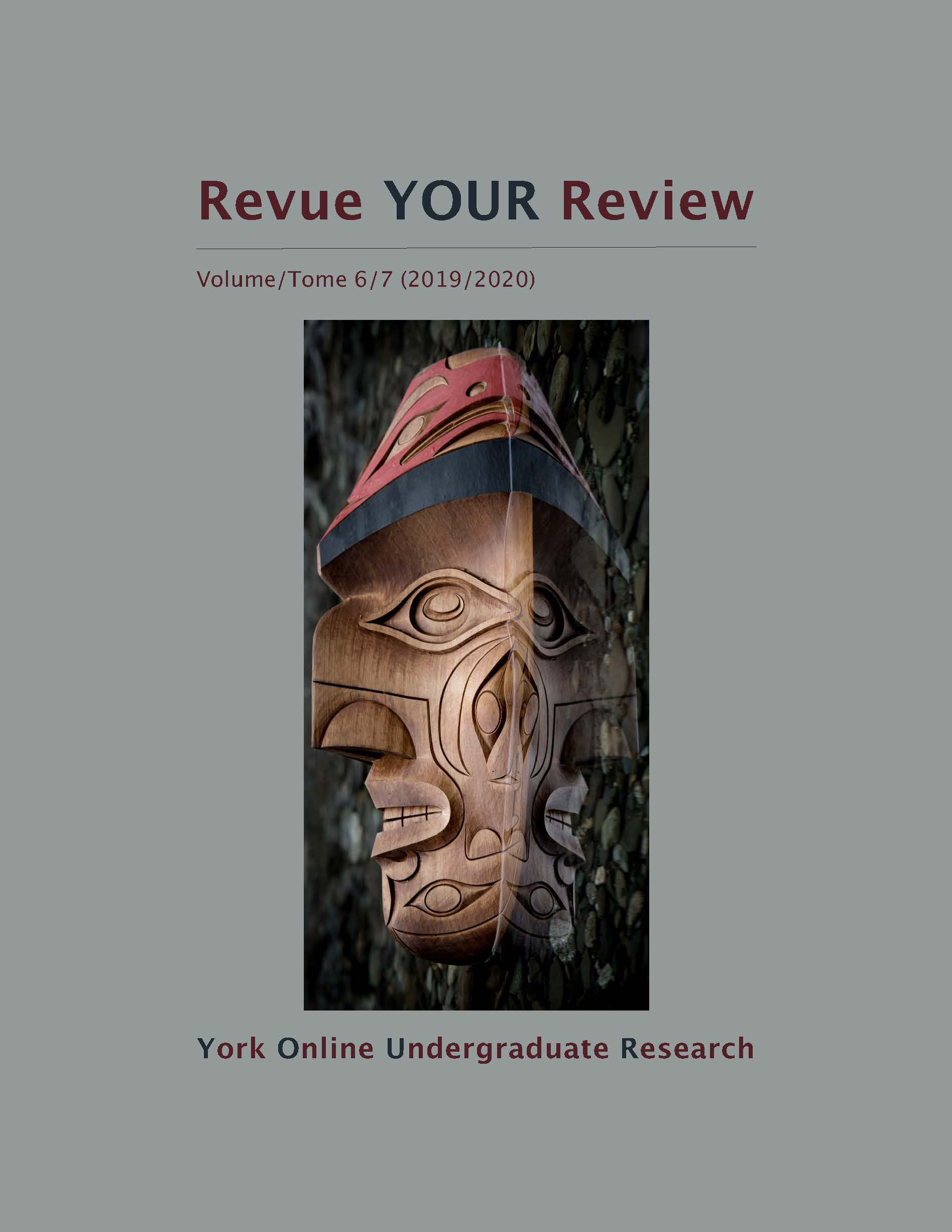Sculpting Gender Relationships: Classical Idealization in "Pygmalion and Galatea" (1813-19)
Abstract
The extent to which idealization is visible in Anne-Louis Girodet’s classical painting Pygmalion and Galatea (1813-19) is explored through the critique of classical elements and a comparison to an earlier biblically based work: Palma Vecchio’s painting Adam and Eve. The flawless depiction of their ivory bodies moves away from a model of realism in order to embellish subjects and reinforce traditional gender roles. Comfortable within the literary canon, the myth of Pygmalion involves the creation of the ideal woman who displays physical features such as a tiny waist and glowing skin that continues to be viewed as desirable today. The depiction of the myth presents a power struggle between man and woman, and man and religion, through Pygmalion’s creation of his ideal woman with divine intervention.
Downloads
Published
How to Cite
Issue
Section
License
LicenseAuthors contributing to Revue YOUR Review agree to release their articles under one of three Creative Commons licenses: Creative Commons Attribution 4.0 International; Creative Commons Attribution-NonCommercial 4.0 International; or Creative Commons Attribution-NoDerivatives 4.0 International. All editorial content, posters, and abstracts on this site are licensed under Creative Commons Attribution-NoDerivatives 4.0 International. For further information about each license, see:
https://creativecommons.org/licenses/
In all cases, authors retain copyright of their work and grant the e-journal right of first publication. Authors are able to enter into other contractual arrangements for the non-exclusive distribution of the e-journal's published version of the article (e.g., post it to an institutional repository or publish it in a book or in another journal), with an acknowledgement of its initial publication in this e-journal.


